In June 2022 (last year) the US hit a 40-year inflation high for the Consumer Price Index “CPI” +9.1%. It was caused in part by the overdose of easy monetary policy by the Federal Reserve “FED” & fiscal policy by Congress. Result = morphine money to treat a global pandemic. Additionally, global lockdowns shut down manufacturing supply chains and the simple lack of supply of goods/services created scarcity and viola you have INFLATION. It’s what the FED policy of the past 1 ½ years has been targeting with the blunt monetary policy of raising interest rates. They’ve done this at the fastest pace in history over the past 11 of 12 FED meetings. Combine that policy with the basic fact that supply chains for good/services are once again flowing and we land at a reduction in inflation by almost 70% (current CPI 3%) from where it was this time last year. It’s lowest level since Feb 2021. Like any medicine (FED policy) it takes time to sink into the patient (economy). However, the FED is still pontificating about yet another rate hike and keeping rates high for a year. Like a bad guest you invited to your holiday party….. the FED arrived late, they drank too much, all the other guests have departed and now the FED is asking about breakfast. As you know, they won’t take my call, but it’s time for our guest to depart.
Side Note: Shelter is the largest component of CPI at a 42% share. Shelter = rent payments & price paid for homes sold. The FED is causing the CPI to remain high due to their high interest rate policy. Yes…even though the CPI has fallen (good) it will struggle to fall at the same fast pace from here going forward. What? Yes….follow along. Rents are high because there is a lack of supply of homes and landlords can command a higher rental rate because renting is in high demand. There is a lack of new homes to buy for 2 reasons both related to higher FED stated fund rates. 1) an existing homeowner who needs a mortgage to trade up to a larger home won’t sell their existing home because their current mortgage rate is so much lower than the rate they’d buy into for their new home. 2) a wanna be first time home buyer won’t buy because the lack of home supply causes the homes for sale to be excessively priced so they rent and/or if they can afford to buy, they are sitting on the sidelines (renting) until mortgage rates fall and/or until the home prices fall. The FED is literally now causing inflation and a posture of continuing to raise rates may cause a recession (shallow quite likely) but it’s unnecessary.
The financial markets have stopped listening to the unwelcome party guest. The FED’s idle threat for further rate hikes or even their rhetoric “we are going to keep these elevated rates higher for longer” were impactful for 9 months of 2022, but enough is enough. Why is the market looking past the idle threats? Because the financial markets are a “discounting mechanism.” Like leaves falling from trees in autumn or as ponds ice over as temperatures fall below 32º; we know these conditions will happen before they happen (leaves turn and fall, water turns to ice). The markets (investors/traders) have a similar anticipatory behavior about the way the markets will perform; that is “favorably” as inflation falls. Higher powers willing, the pandemic was a once in a generation event and this one resulted in one of only 4 times in history for our markets when both stocks and bonds fell simultaneously. It was a rare and unprecedented event and FED, Congressional, and Global Government reactions were also unprecedented. So what next?
August is typically not a favorable month for markets. A 0% return or a slight loss is quite typical. Why? Market traders and money managers take summer holiday. Market volume tends to be thin and for this, not much happens. Is it a rule? No. It’s a seasonal condition and is not an indication that the market advancement is out of gas. For now… here are the year to date results:
- S&P 500 + 19.52%
- NASDAQ + 37.07%
- DJIA +7.34%
Regards,
Glen Viditz-Ward
704-843-5459
Viditz-Ward Financial Services, Inc
ChFC, AIF, CFS, CLU, CASL, RICP, CAS
Past performance is not indicative of future results. Indices mentioned are unmanaged and cannot be invested into directly. The S&P 500 Index, or Standard & Poor’s 500 Index, is a market-capitalization-weighted index of 500 leading publicly traded companies in the U.S. The Nasdaq 100 Index is a basket of the 100 largest, most actively traded U.S. companies listed on the Nasdaq stock exchange. The index includes companies from various industries except for the financial industry, like commercial and investment banks. The Dow Jones Industrial Average is a price-weighted average of 30 blue-chip stocks that are generally the leaders in their industry. The Bloomberg U.S. Aggregate Bond Index is an unmanaged index comprised of U.S. Investment grade, fixed rate bond market securities, including government agency, corporate and mortgage-backed securities.

